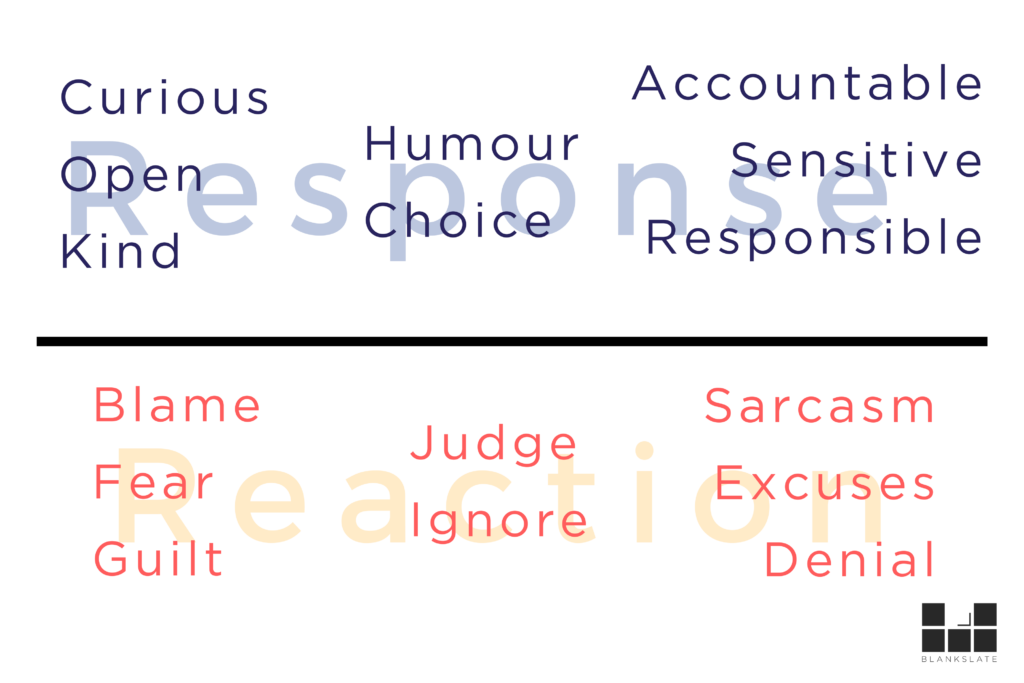Maybe someone forgot to refill the coffee machine just one too many times, or maybe it’s a personality clash. Perhaps it’s as simple as a series of misunderstandings that have escalated into an icy standoff. Sometimes, though, small disagreements can lead to something even more serious. Whatever the size of the quarrel, conflict in the workplace doesn’t just affect the people in disagreement. When communication breaks down, work slows for everyone.
In an ideal situation, there’s a pre-existing communication strategy for team members and managers to access in times of stress. In this perfect world, employees know which tools are available to them. They feel comfortable handling disagreements or raising potential problems to their support systems. Proactive team leaders can be a big help too. A manager who checks in on changing interpersonal dynamics can help de-escalate problems before they become capital-P Problems.
Let’s be real, though: this dream scenario is far less likely than the alternative. Most of the time, conflict simmers unaddressed until it reaches a critical boiling point. At BLANKSLATE Partners, we’re often called on to facilitate conflict resolution when problems require serious intervention.
So how do you go about solving a problem that has begun to feel like the proverbial elephant in the room? Below, we’ve outlined some key steps for diffusing tension and returning harmony to the workplace.
Investigate
Your first mission is information-gathering. Get the people in conflict in the same room. Be kind, and prepare to listen and help facilitate conversation. Your initial talk should focus on facts, not opinions or interpretations. What’s actually happened?
It’s important not to take sides, so stay unbiased. Don’t encourage background conversations. The only way to move forward is to air out what’s not being said.
Above and Below the Line
At the start of your talk with both parties, you’ll want to set expectations for the conversation. Establish the tone as one of respect and kindness. They need to be able to give each other space to voice their feelings.
People look for affirmation of their negative stories, but they might not be aware that pessimistic thoughts can influence the reality of a situation. Try to encourage both parties to see things positively and understand one another’s perspective. This is usually a good time to introduce the Above and Below the Line exercise.

This exercise aims to bring both parties to an understanding of their current perspective, and help them move from below the line (a place of blame and victimhood) to above the line (a place of personal responsibility and action).
Tip: if you know that you’re sitting below the line but want to move above it, pick a focus word from above the line to try to shift your perspective. When you feel judgemental, for example, it may help to ask yourself if you can approach a situation from a place of sensitivity or curiosity. Songs or actions (like going for a walk) can also be great triggers.
Move Towards Resolution
It’s time to bring both parties back together.. Successful conflict resolution means creating a work environment where people feel safe, included, and heard…but that means they’ll have to learn how to talk to each other again.
When facilitating conversation, listen for language of accountability. After the Above and Below the Line exercise, both parties should be familiar with the difference between a below-the-line reaction and an above-the-line response. Your conversations from here are about breaking the habit of emotion-based reaction and moving towards thoughtful response.
At this stage, it’s helpful to set small, manageable goals that can help both parties move towards more even ground. Maybe both people agree to ask about each other’s weekend on Monday morning, or to say goodbye when they leave for the day. Even a hello goes a long way… after all, it’s really hard to start a conversation without a hello.
Next Steps
Are both parties committed to trying to move towards reconciliation? If so, great!
If a conflict is having a dramatic impact on your business but neither party is willing to make an effort to improve the situation, though, it’s probably time for a more serious conversation.
Need facilitation help in your workplace?
Good news: that’s what we do!
